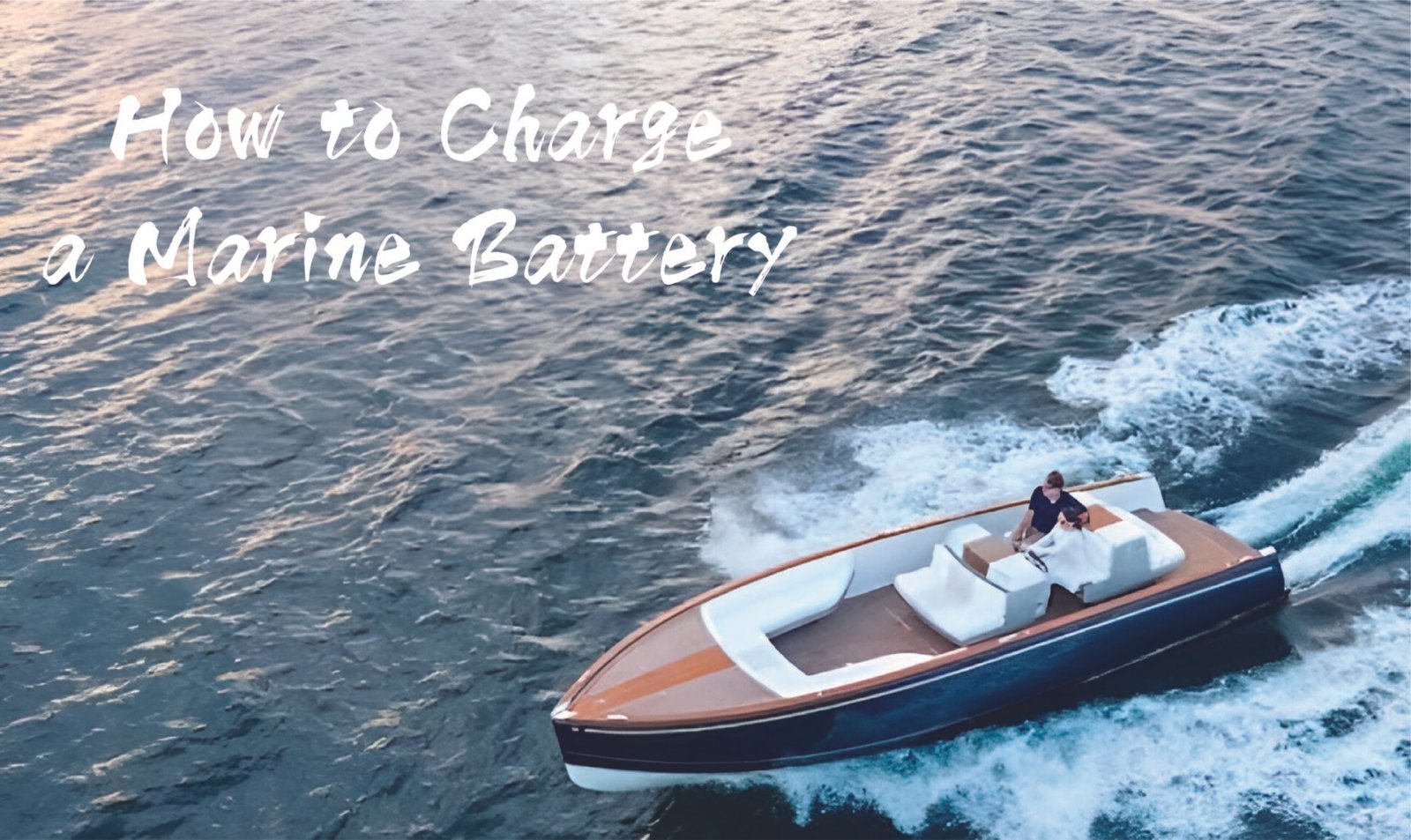 🔋 How to Charge a Marine Battery
🔋 How to Charge a Marine Battery
With new marine technology, LiFePO₄ lithium batteries are quickly taking the place of lead-acid batteries. They last longer, weigh less, and perform better. If you are using a marine lithium battery or thinking about switching to one, you need to know how to charge it properly. This will help you get the most value from your investment.
This guide is tailored to lithium-based marine batteries and covers:
- How to charge a deep cycle marine battery (LiFePO₄)
- How long to charge a lithium marine battery
- What charger to use for lithium batteries
- Battery maintenance tips
- Answers to common charging questions for marine battery systems
⚡ What Makes Lithium Marine Batteries Different?
Lithium Iron Phosphate (LiFePO₄) marine batteries offer several advantages:
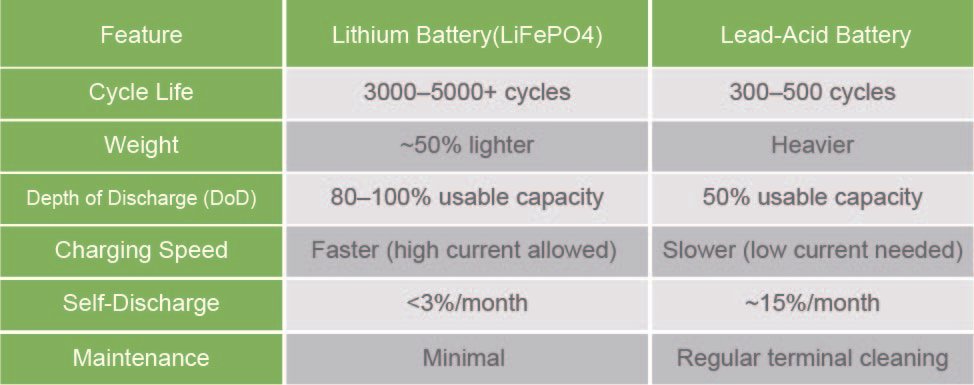
As a lithium battery manufacturer, we recommend always using chargers specifically designed for LiFePO₄ to protect your investment.
🔌 How to Charge a Lithium Marine Battery (Step-by-Step)
- Choose the Right Charger
- Fully charge the battery using a LiFePO₄ compatible charger with the correct voltage and current ratings. For example:
- 14.6V charger for a 12V/12.8V lithium battery
- 29.2V charger for a 24V/25.6V system
- Look for models with CC/CV (constant current/constant voltage) profile
- Fully charge the battery using a LiFePO₄ compatible charger with the correct voltage and current ratings. For example:
- Connect Properly
- Connect positive to positive, negative to negative
- Turn off all boat electronics before making any connections
- Ensure terminal connections are tight and clean to prevent power loss or corrosion
- Start Charging
- Wondering how long to charge a lithium marine battery? Here's a rough estimate based on charger output and battery size:
- 10A charger for 100Ah battery: ~10 hours
- 20A charger for 100Ah battery: ~5 hours
- 40A charger for 100Ah battery: ~2.5 hours
- Wondering how long to charge a lithium marine battery? Here's a rough estimate based on charger output and battery size:

✅ LiFePO₄ batteries accept higher charge currents, which means faster charging compared to lead-acid.
- Monitor and Finish
- Most smart chargers will stop automatically when the battery is full. If you're using a manual charger, stop charging when voltage reaches 14.6V (for 12.8V batteries).
🌞 Different Ways to Charge Your Marine Battery
When charging your marine lithium battery, there are several methods to choose from. Each method has its benefits based on your environment, usage, and power needs.
1. Shore Power
Shore power is one of the most common ways to charge a marine battery, especially when your boat is docked or at the marina. By plugging your charger into the shore power supply, you can charge your battery safely and efficiently.
- How it works: Plug the charger into the power outlet on the dock. The charger will provide the right voltage to your battery.
- Best for: Regular boat users at marinas or those needing overnight charging.
⚡ Tip: Ensure your charger is marine-grade and compatible with LiFePO₄ batteries for optimal performance.
2. Solar Power
If you're looking for an off-grid solution, solar charging is perfect. Using solar panels with an MPPT controller made for lithium batteries provides the right voltage. This helps prevent overcharging.
- How it works: Solar panels turn sunlight into electricity. This electricity goes through an MPPT controller that charges your battery. This is great for boats that are stationary or spend time on the water without access to shore power.
- Best for: Eco-conscious boaters, off-grid setups, or vessels used in sunny climates.
🌞 Tip: A solar panel system with an MPPT controller is more efficient than PWM controllers, especially for lithium batteries.
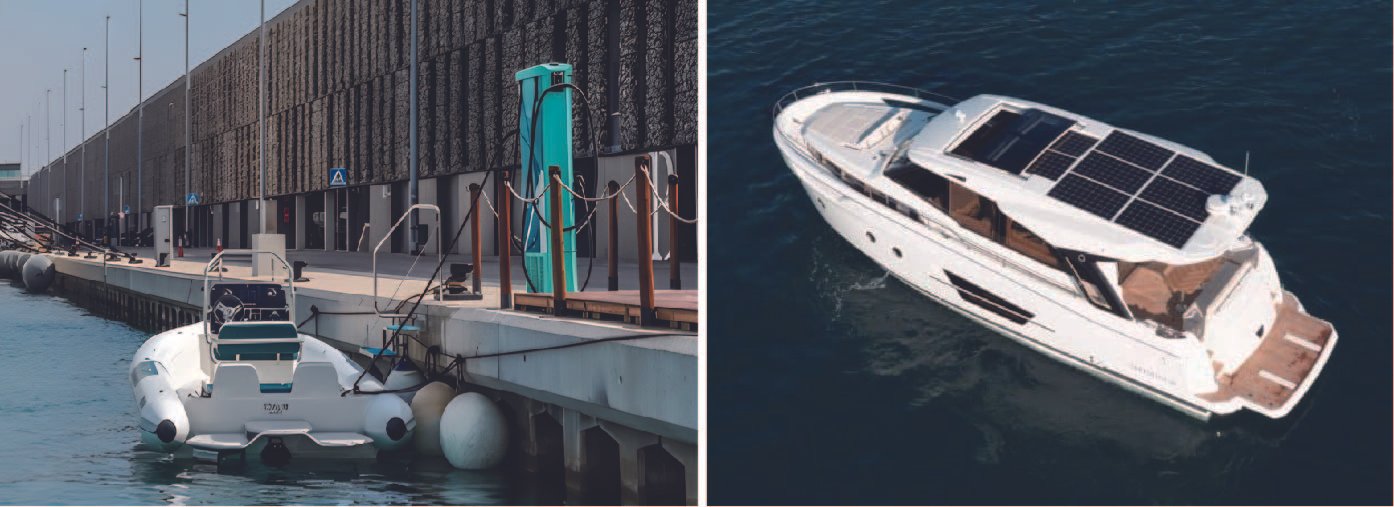 3. Engine Alternator
3. Engine Alternator
If you're cruising or motoring, your boat's engine can charge your battery using the engine alternator. This is an effective way to top up the battery while you're on the move.
- How it works: The engine's alternator changes mechanical energy into electrical energy. This charges your battery while the engine runs. Some marine engines come with built-in chargers to manage the charging process safely.
- Best for: Longer trips or when you're using the engine for propulsion.
🚤 Tip: For optimal charging, make sure your alternator is matched to your battery's voltage and capacity.
4. AC/DC Battery Chargers
You can also use AC/DC chargers as a portable solution when you're on the go or docked at a different location. These chargers work with lithium batteries. You can plug them into your boat's power system to charge your battery quickly.
- How it works: AC/DC chargers convert the AC power from the shore or dock into the DC power needed by your battery.
- Best for: Quick top-offs or when docked at different locations.
💡 Tip: Look for chargers with an adjustable amp setting, so you can fine-tune the charging speed for your specific battery needs.
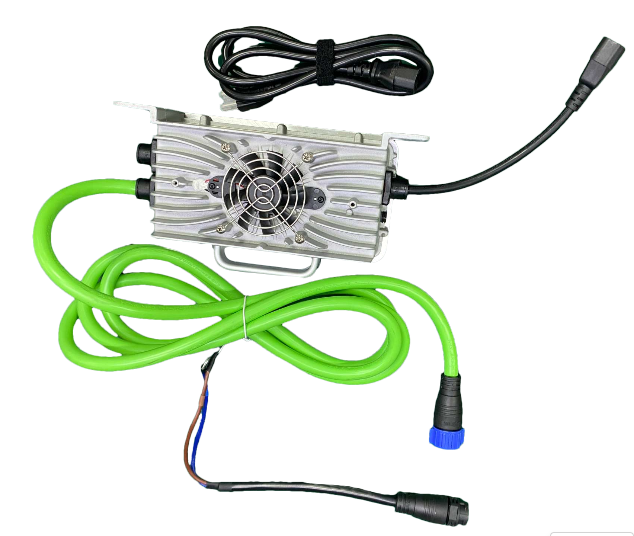
🧰 Marine Lithium Battery Maintenance Tips
LiFePO₄ batteries are low-maintenance, but these tips will maximize performance:
- Check and clean terminals every few months
- Avoid full discharge below the BMS cutoff (usually around 10V for a 12.8V pack)
- Charge before long storage, and store at 40–60% capacity
- Use a lithium-compatible charger only
- Monitor cell balancing if using in series (our smart BMS handles this)
To test a lithium marine battery, use a voltmeter. You can also connect it to a BMS monitoring app if you have one.

🔧 Common Charging Questions (with Lithium in Mind)
- How to charge a 12 volt marine battery (LiFePO₄)? Use a 14.6V charger with appropriate amperage.
- How long to charge a deep cycle marine battery? Depends on amps—10A = ~10 hrs for 100Ah battery.
- How to charge a dead marine battery? Some BMS will shut off output when fully drained—use a charger with a "wake up" or "boost" mode to reactivate.
- How to keep a marine battery charged during off-season? Use a trickle charger (lithium-safe) or disconnect for minimal self-discharge.
- How to charge a marine RV deep cycle battery? The same rules apply—check if your RV charger is LiFePO₄ compatible.
💡Why Choose Our Lithium Marine Batteries?
As a direct lithium battery manufacturer, we design and produce high-performance batteries for:
- Electric boats, trolling motors, fish finders
- RV and marine backup power
- Solar and hybrid systems
- OEM & private label solutions
Our batteries are designed for long battery life, superior safety, and dependable power on the water. Every battery includes:
- Smart BMS with overcharge/discharge protection
- Optional Bluetooth monitoring
- Custom casing and amp hour configurations
- Built for vibration, water exposure, and marine environment durability
✅ Conclusion
Charging a lithium marine battery is simple—if you use the right charger and follow safe procedures. LiFePO₄ batteries are better than lead-acid systems. As a manufacturer, we make sure every product is safe and performs well.
Still have questions about marine lithium battery charging? Contact us anytime—we're here to support your marine energy needs.


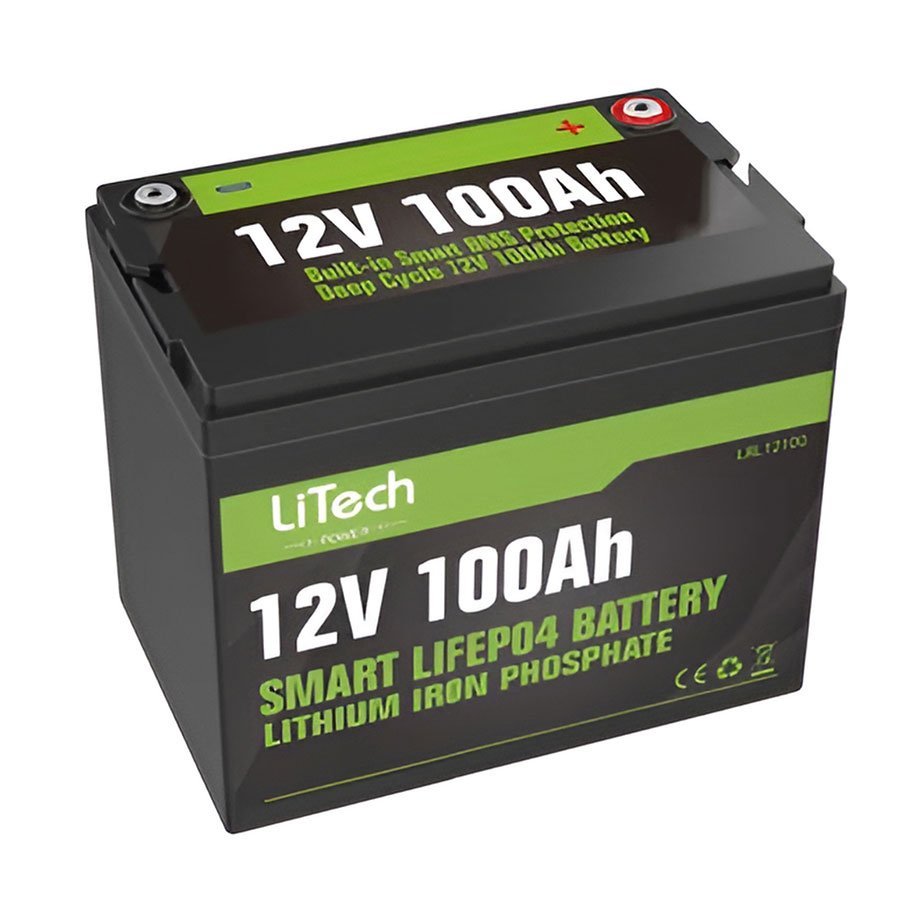
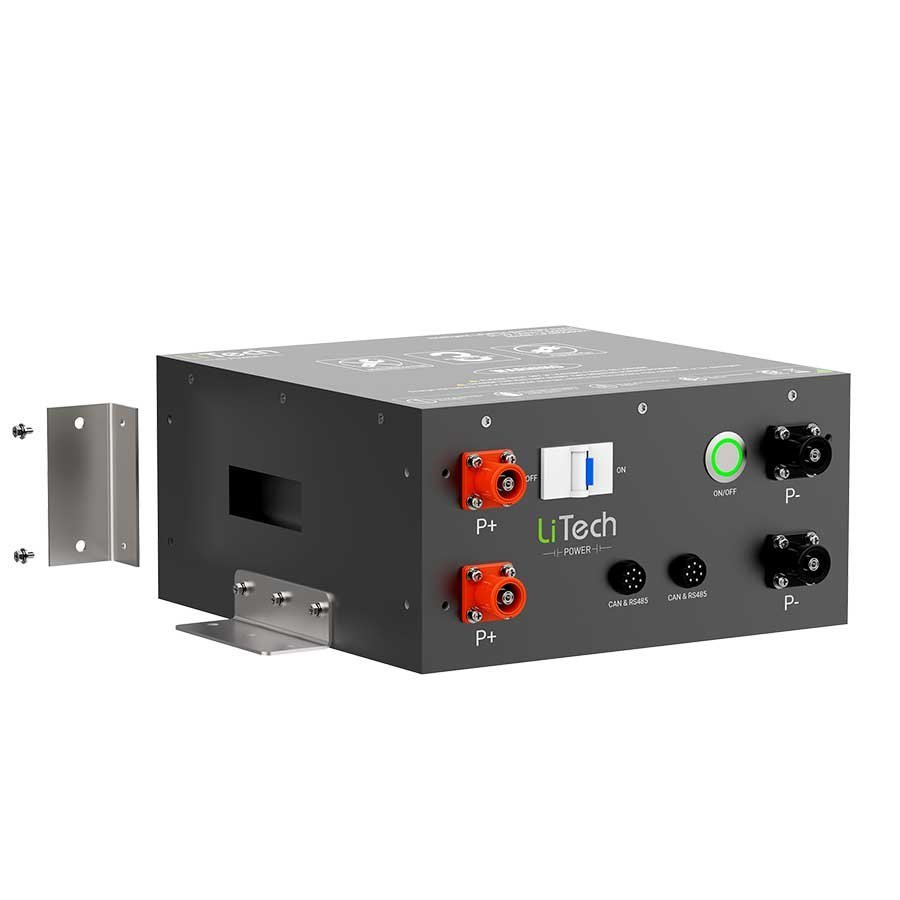


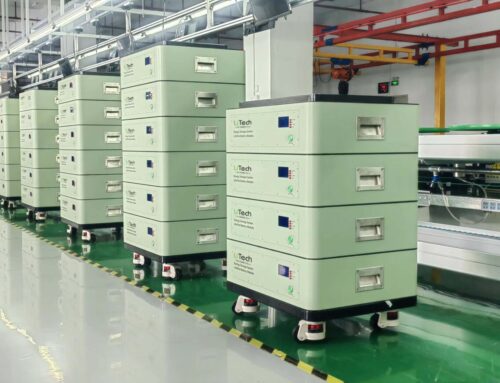




Leave A Comment